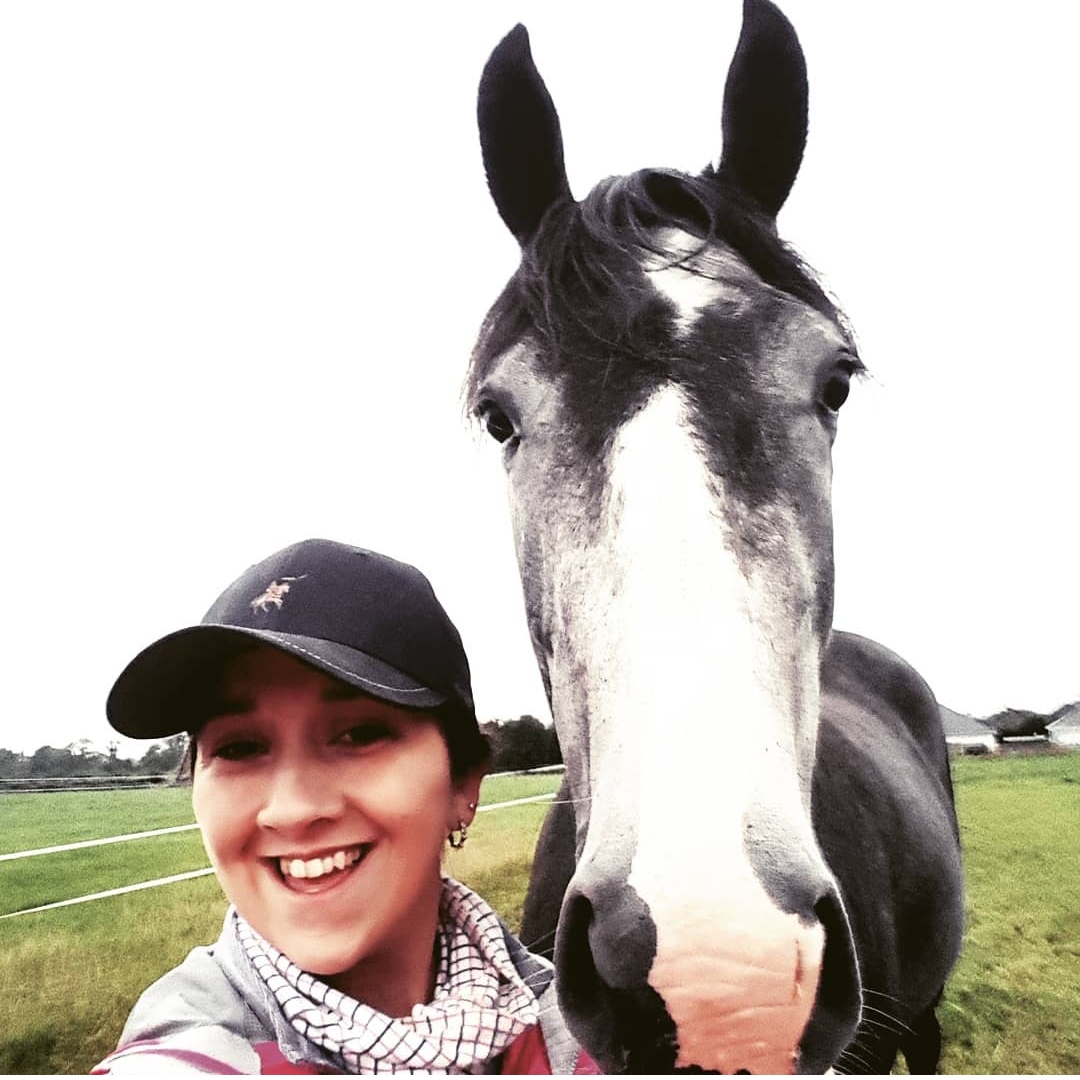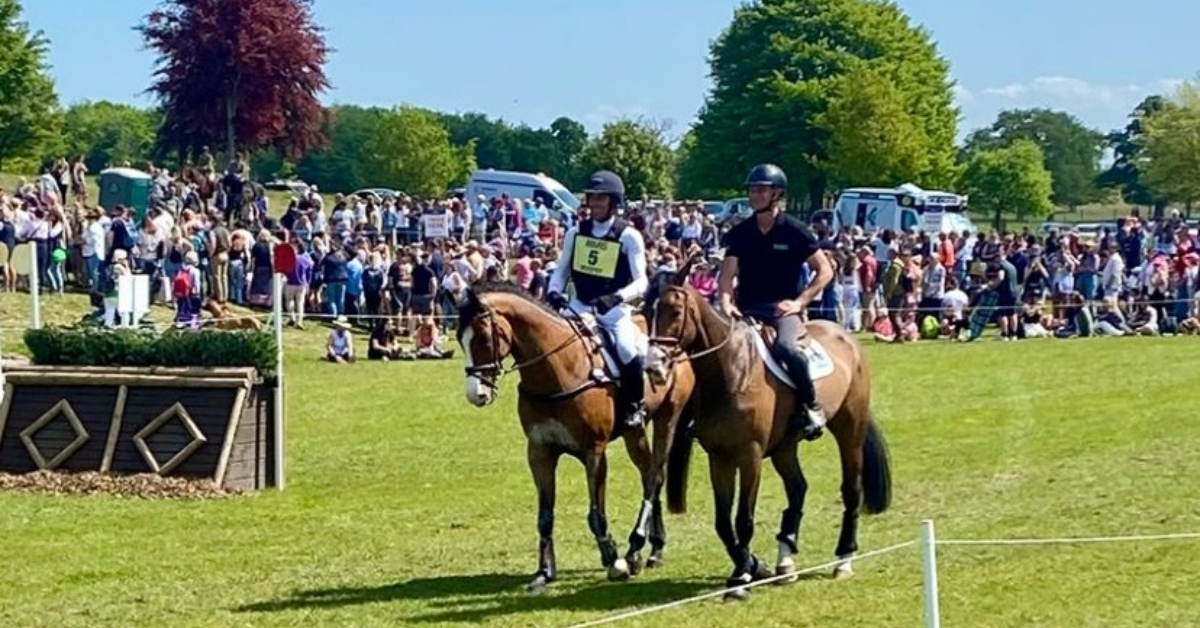Why do we cheer for the underdog?
I suppose most of us, at some stage in our life, has been the underdog. It’s surely an innate quality in a lot of us to root for the underdog. It’s the magic we feel when the horse who wasn’t favourite goes on to beat the champion. Not unlike the feeling we all get when just about anyone beats Dublin in the football or Kilkenny in the Hurling. It’s nice to see the little guy win for a change. We know about their passion, their drive and all we want to see the underdog succeed and prevail against the one who “was bred for it”. “Underdogs adapt, evolve and become winners because of their preparation, heart, execution and the relentless attitude that the game will not end any other way” – Ty Howard
The most expensive horse or best bred in a class doesn’t always mean a guaranteed win on the track or a red rosette in the ring. Just because his father won a Grand National doesn’t mean that his offspring will even make it out of training. I have always looked for passion and heart in a horse, without that, all the pedigree in the world will not get you over the finish line in my opinion.
The underdogs take centre stage
Certain horses come to mind that defied the odds and went on to break the mould of what they “should” be capable of doing. Seabiscuit is one that most people have either read about or seen films about. The little horse that stole the hearts of many by beating Triple Crown winner War Admiral.
Snowman, also known as “The Cinderella horse” was an American plough horse. He was bought for $80 in the 1950s, saved from the slaughterhouse.
Two years later, Snowman became multiple champion showjumper in the USA winning lots of major titles.
Donerail was another contentious thoroughbred that hit the papers in 1913 after his win in the Kentucky Derby shocked and dismayed both fans and punters alike. He entered the race as an unlikely candidate and finished the race holding the record for the longest odds at the Derby at 91-1.
Then there was the great stroller. Stroller was a pony, a Connemara crossed with a thoroughbred (still one of my favourite crosses). He stood at just 14.1 but had the heart and determination of a horse far greater than his stature. Stroller was the only pony to have show jumped in the Olympics clearing fences over 1.70 metres with ease. He could have quite literally walked under them if he wished to do so, but against all the odds he competed against horses for most of his life and took silver at the Olympics with his rider Marion Coakes.
Breaking the mould
Money does not always buy guaranteed success. I have an Irish sports horse for example (that cost me twice the price of my cob), and is “ bred to event”. She moves like a duck in the mud and has as much technical ability as my dog has over a fence. However, my cob is already showing more trainability, better scope, and ability over a pole and is as brave as a lion. He would, however, fail any conformation inspection, walks like a plough horse with massive Clydesdale feet and has no recorded breeding, but what he lacks in poise, blood and elegance he makes up for in his heart, willingness to learn and bravery. The next time you see a raggy cob or something with unknown breeding just remember there are horses out there that break the mould- defy the odds and prevail. Trotting ponies have become show jumpers, I have seen Clydesdales that do great Dressage, retired point to pointers that go on to Event. If a horse is not designed or bred for a specific area of equestrianism, it does not mean that it won’t surpass your expectations and excel regardless.
A great man once said, “Everybody is a genius but if you judge a fish by its ability to climb a tree, it will live its whole life believing that it is stupid” – Einstein
The ordinary equestrian


Share
Your subscription is 100% Free for our first year, No credit card details required.

The Judging Concerns That Keep Coming Back — And Why They Can’t Be Ignored Anymore We didn’t make it to

There are few sporting events that live up to the hype. Wimbledon? Too many strawberries. Cheltenham? Too many suits. But

British Veterinary Association publishes full response to Competition and Markets Authority’s proposed remedies for veterinary market for household pets. The